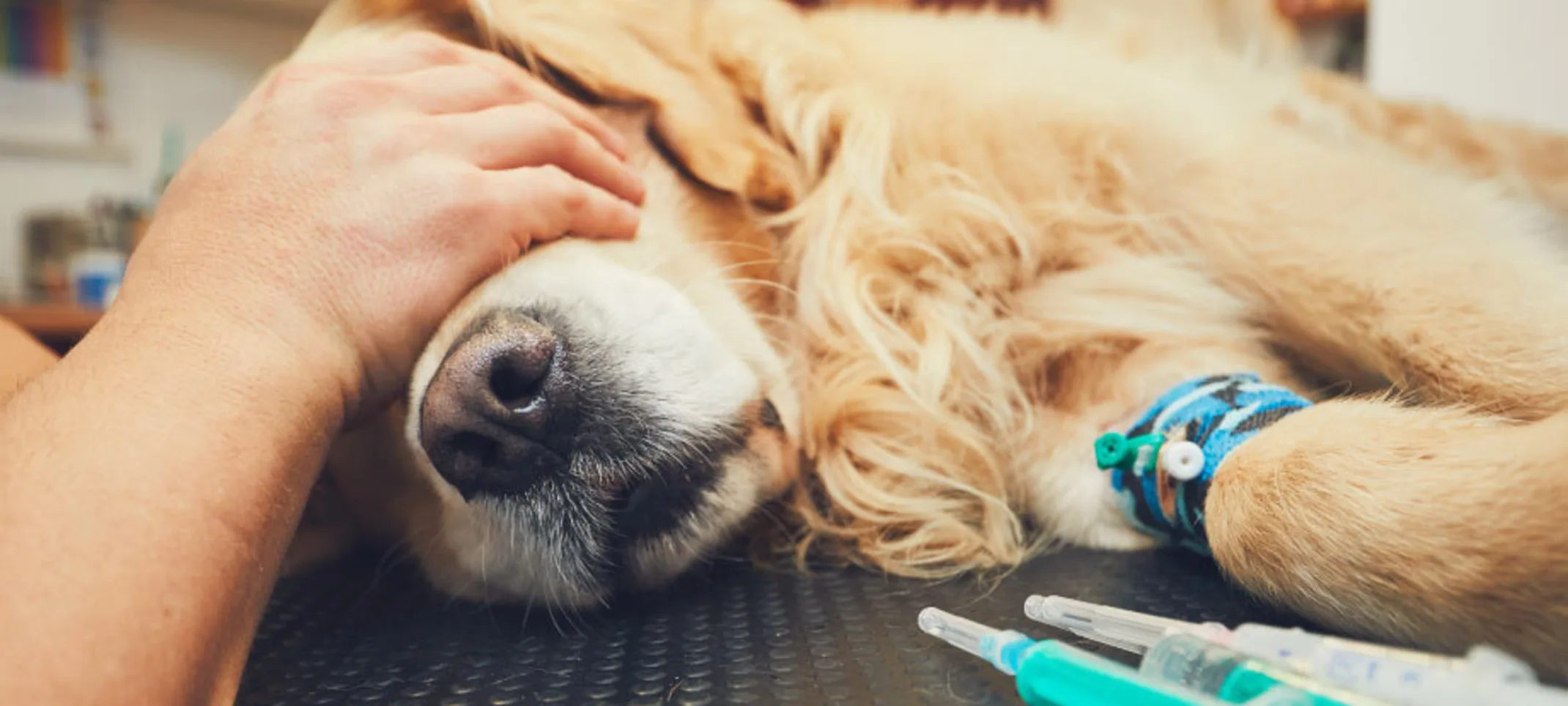Blue Cross Animal Hospital

Sedation and anesthesia are used for procedures that may may be painful or require that the patient lie perfectly still. A safe anesthetic requires that the people administering it be knowledgable about the drugs and gases they are using and that they are able to modify the approach based on the pet’s age and health.
Although general anesthetics are significantly safer than they have been in the past, there is still the remote chance of an anesthetic reaction. There are many ways to reduce the risk associated with anaesthesia including a thorough physical examination and blood work prior to anesthesia. Careful monitoring of the animal’s condition while under anesthetic and during the recovery phase are also key to safety of your pet. Intravenous fluids maintain the blood pressure and give IV access for emergency drugs should they be needed.
Some breeds of dogs have specific anesthetic needs and these are taken into account when planning their anesthetic.
A general anesthetic results in a loss of consciousness in your pet and a loss of sensation throughout the body. It is used for surgical, dental and some radiographic procedures.
A sedative is given first by injection. At this time drugs to control pain are also administered. This is called ‘Pre-emptive Pain Control’. When the pet is calm and comfortable an intravenous catheter is placed and an intravenous injection of an anesthetic drug given. The injection renders the animal unconscious so a breathing tube can be placed down the trachea. Through this breathing tube, a gas anesthetic is delivered in combination with oxygen to maintain the pet’s state of unconsciousness. When the anesthetic gas is turned off the animal breathes out the gas and wakes up.
Throughout this process your pet is carefully monitored.
Although general anesthetics are significantly safer than they have been in the past, there is still the remote chance of an anesthetic reaction. There are many ways to reduce the risk associated with anaesthesia and at Blue Cross Animal Hospital we take every precaution.
Before an Anesthetic
A complete physical exam prior to beginning the anesthetic allows us to assess the heart, lungs and general state of the patient. To be sure your pet has the ability to metabolize the drugs through their liver and kidneys we recommend blood testing prior to the anesthetic for all pets over seven years of age.
During Anesthetic
During general anesthesia, our patients receive human and digital monitoring of heart rate, respiratory rate, blood pressure and blood oxygen levels. A circulating hot water blanket is used to keep pets warm during surgery as heat loss is a major side effect of anesthetic. They also receive intravenous fluids administered by an individually calibrated fluid pump. Fluids maintain the blood pressure to assure that the blood supply to the organs is sufficient to clear the anesthetic drugs. The IV catheter that delivers the fluids also allows us immediate access in the event of an emergency. All of the pet’s vital signs are recorded in their medical record.
Recovery Phase
While the pet is recovering they are wrapped in blankets and are given an external heat source to keep them warm. Their breathing, heart rate, and level of consciousness are monitored closely. If any pain is suspected, pain control medications are topped up. Only when they can swallow is the breathing tube removed. When they can sit up on their own they are returned to their cages and watched closely by an animal care attendant.


